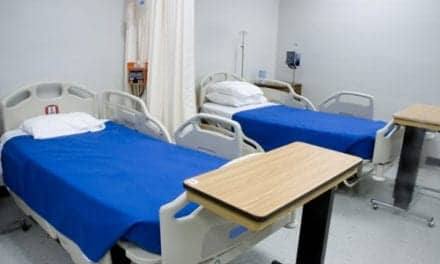By Marian Benjamin
At the recent American Thoracic Society (ATS) International Conference, held May 19-24, representatives of the Critical Care Workforce Partnership, comprising the American College of Chest Physicians (ACCP), ATS, the Society of Critical Care Medicine (SCCM), and the American Association of Critical-Care Nurses (AACN), described the work they are doing to develop solutions to alleviate the current and future burden imposed by the workforce shortage of critical care specialists.
A report released by the US Health and Human Services Health Resources and Services Administration (HRSA) estimates a 129% increase in demand for critical care specialists by the year 2020. The reason, according to the partnership, is the aging of the US population. Currently, one half of ICU beds are occupied by patients 50 years of age and older; by the year 2010, this figure will rise to 60%. This increased demand comes at a time when there is an acute shortage of pulmonary and critical care physicians (intensivists)—indeed, all health care providers involved in critical care, including RTs. When asked why this was so, John Heffner, president of ATS, said that for many physicians, the lifestyle demanded of an intensivist is too intense. As well, he said, medical schools are limited as to their capacity to train critical care providers and there are reimbursement challenges. One other reason for the shortage is that a large proportion of critical care fellows are international medical graduates (IMGs), many of whom are unable to remain in the United States because of visa restrictions.
Research indicates that intensivists provide the most optimal level of critical care, but only one third of ICU patients are currently cared for by intensivists. Recent trends suggest that a growing proportion of critically ill patients will receive intensivist services as hospitals move toward intensivist-managed care. This increased demand will intensify the current and future shortage.
The Critical Care Workforce Partnership, working with Sen Richard J. Durbin (D-Ill), has proposed specific steps to address this shortage. Among them are:
• conducting research on optimal critical care delivery models;
• developing incentives to better distribute critical care providers;
• increasing the use of technologies such as telemedicine and electronic medical records;
• increasing medical and nursing school capacity to train critical care providers;
• expanding the J-1 visa waiver program to allow more US-trained IMGs;
• increasing support for critical care research in the elderly population; and
• developing an education campaign to educate Americans on the benefits and limitations of critical care medicine.
“The HRSA report is clear,” says ATS past-president Peter D. Wagner, MD. “The number of patients who are critically ill is growing. The number of critical care specialists to treat these patients is not keeping pace. A shortage is not only imminent but upon us, and unless steps are taken to address the shortage, patients with life-threatening diseases and others being cared for in ICUs will suffer.”
For more information about the Critical Care Workforce Partnership, visit the ACCP Web site at www.chestnet.org









